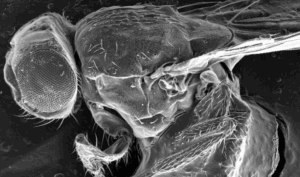A long time ago (1999) in a galaxy far, far away (Japan), emojis were born.
For those old enough to remember, the 90s were a time when mobile phones didn’t do much more than calling and texting.
The magic of emojis was that they worked on these ancient phones.
The secret of this magic was that phones were not actually sending photos back and forth each time an emoji was used. This would be rather difficult given the limited technology and bandwidth of the time.
Instead, the phone sent a code that told the receiving phone which emoji to display.
Emoji drama
The only problem was that that each Japanese carrier didn’t always have the same code. You might think you’re sending a happy face, but instead your friend might receive the poo emoji (the poomoji). Hilarity or awkwardness would ensue.
This went on until 2007 when Google decided it was time to expand into Asia. Obviously, this expansion required that Gmail have emojis. So, Google worked with the Japanese carriers to standardise the emoji codes so it was the same on any phone as well as Gmail. But it would still be a few more years before emojis were on everyone’s phone.
So how did emojis get on your phone? And how do they keep getting there?
The answer is the Unicode Consortium.

WTF is unicode?
Even though you may not have heard of it, the Unicode Consortium is responsible for some pretty serious business on the internet.
It maintains the unicode standard, which provides the basis for processing, storage and interchange of text data in any language in all modern software and information technology protocols.
In regular human speak, it ensures that the internet properly supports and displays all of the world’s different languages.
In 2010, it took Google’s work with emojis to the next level. It made emojis a real language, just like English or Japanese.
In fact, unicode works similarly to how emojis worked on those early Japanese phones. Each character has a unique code or number that is the same across any platform, app or language.
When emojis became an official language, the same thing happened. Each emoji has its own unique number, assigned by the Unicode Consortium.
This is why we can all use emojis when we text, tweet, Instagram and Snapchat.

How those emojis got on your phone
You may have noticed each time you update your phone’s software that you have a few more emojis than you did before.
In addition to the original set of about 80 emojis grandfathered in by Google, the Unicode Consortium began expanding.
Now, anyone can submit a proposal for a new emoji. And thanks to this process, there are now over 1000.
And we may even see an Australian-designed emoji soon. Katie McLaughlin is a Sydney-based emoji expert who recently had her tropical bird design recommended for adoption. She says she’ll know around this time next year if it gets officially adopted.
Wouldn’t it be great to see a WA-made emoji in the next update?









